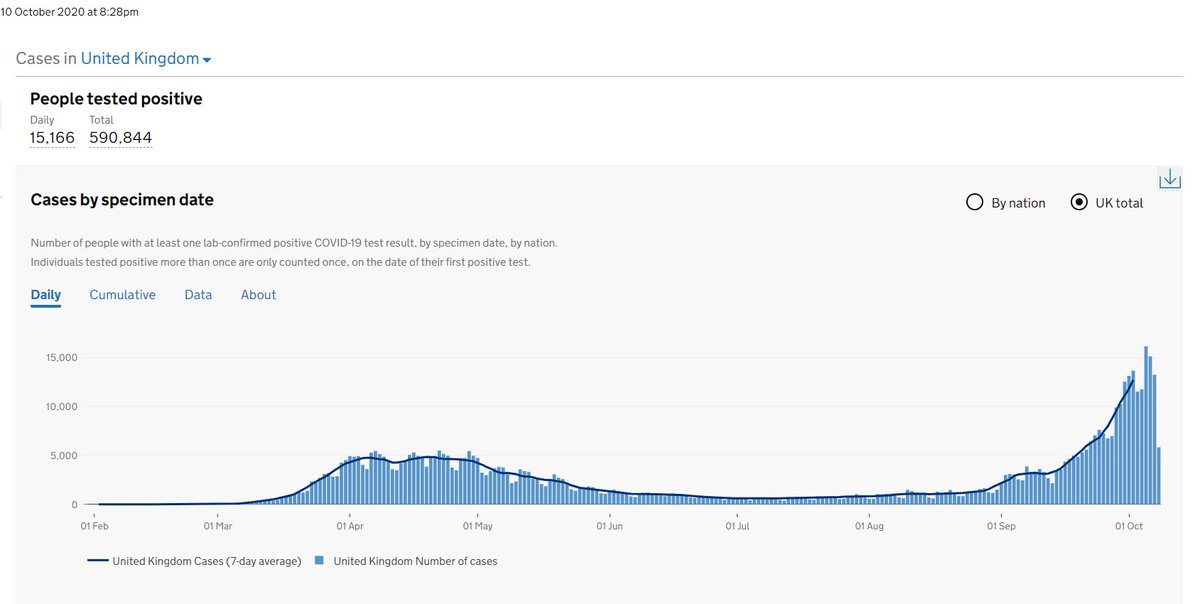
An intriguing preprint (modelling study by LSHTM) just out: "Within and between classroom transmission patterns of seasonal influenza and implications for pandemic management strategies at schools"
1/
assets.researchsquare.com/files/rs-32236…
1/
assets.researchsquare.com/files/rs-32236…
Simulations suggest⬇️class sizes may not be effective in⬇️risk of major school outbreaks, possibly due to contact behaviour between students i.e. students may have certain no. of ‘close friends’ with whom they have more interactions that could facilitate transmission.
2/
2/
They suggest 2 approaches. Pre-emptive approach eg symptom screening, regular tests, ⬇️outside-class interactions & intermittent schooling. Or Responsive approach - single class closure where there's a case, but need to detect outbreak early before spreads outside the class.
3/
3/
The researchers suggest regular testing + responsive approach not cost-effective for COVID-19 because isolating only test-positive students (without
class closure) was predicted to achieve similar outcomes with minimal loss in education opportunity.
class closure) was predicted to achieve similar outcomes with minimal loss in education opportunity.
• • •
Missing some Tweet in this thread? You can try to
force a refresh






